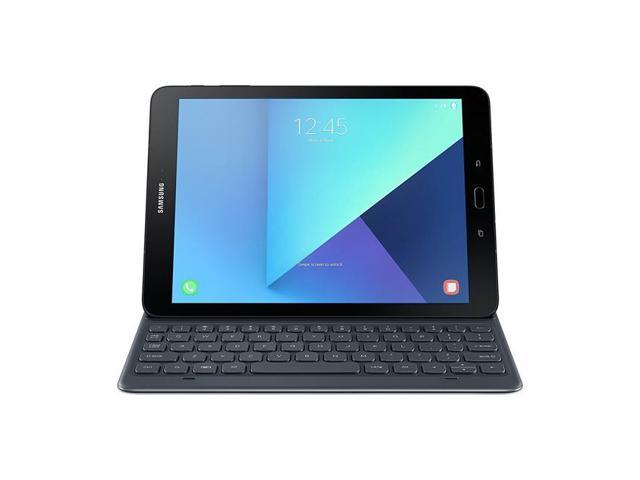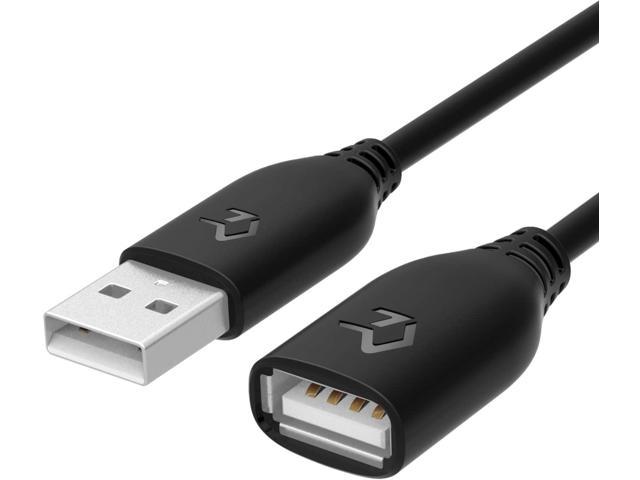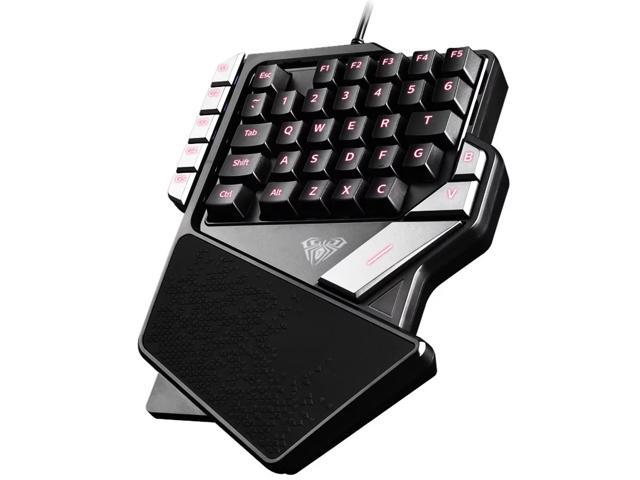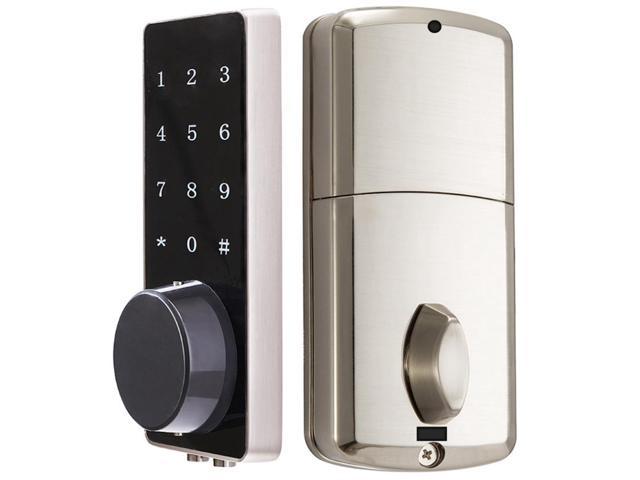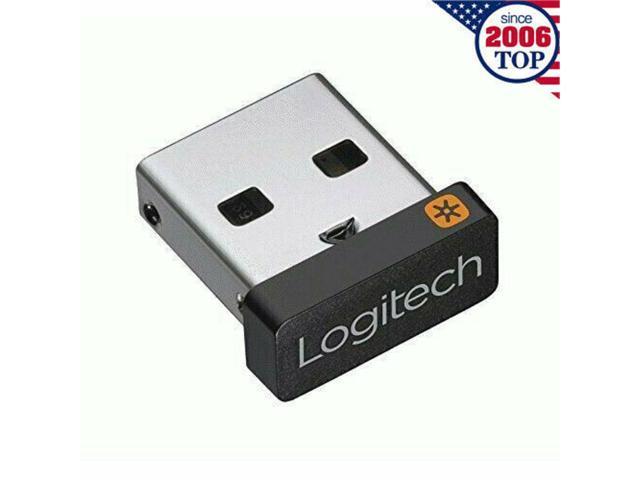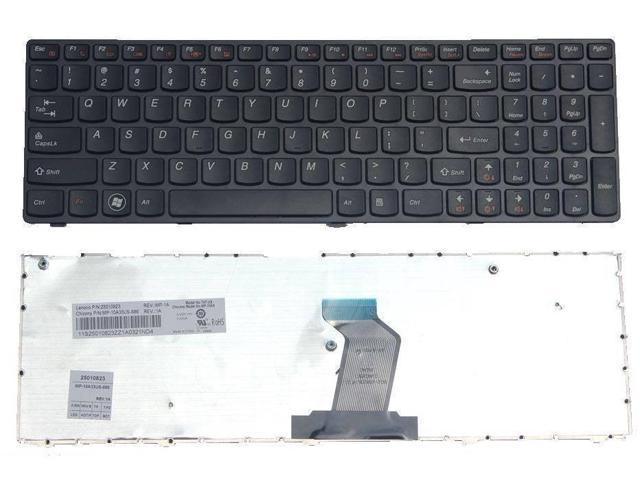Windows 10 is really easy to use with this guide - for Windows insiders upgrading from Windows 7 or 8.1 to Windows 10, as well as for first-time users that want to learn about the operating system basics. Chapters 1 and 2 present the new and changed features in Windows 10. Furthermore, we describe what you have to watch out for when migrating to Windows 10-and how you either upgrade directly or re-install the system from scratch. The Windows 10 Guidebook covers: What’s new in Windows 10? Microsoft has dedicated much time and energy to design the system to be as user-friendly as possible-usable for people using touch-based devices as well as mouse and keyboard. To what will you have to pay attention before upgrading? How can you create a complete backup of the existing Windows system? The Guidebook gives the answer. Starting fresh or migrating to Windows 10 Either you upgrade an existing Windows installation, or the PC is set up from scratch with Windows 10. The Guidebook describes both variants in detail-including many screenshots. Enhanced desktop and re-introduced Start menu The well-known Start menu is back in Windows 10, but it comes with space for apps and tiles. With Cortana, you can talk to your PC-and virtual desktops multiply your available workspace. All this is part of the new shell. Use Windows anywhere, anytime Whether at your desk, on the couch, on the train or on the beach, whether with a mouse and keyboard or by touch screen-Windows 10 looks and works too in any place and under any conditions. This is made possible by Continuum, a new feature that allows the system to adapt to the current environment. The unified Windows Store with re-imagined apps Your central place for obtaining and downloading apps and programs is the Windows Store. How can apps be installed and removed? And which apps are shipped by default with Windows 10? Going over the edge with Microsoft Edge Windows 10 sends Internet Explorer in retirement, replacing it with a young, mode




